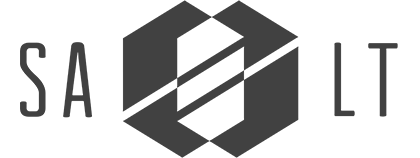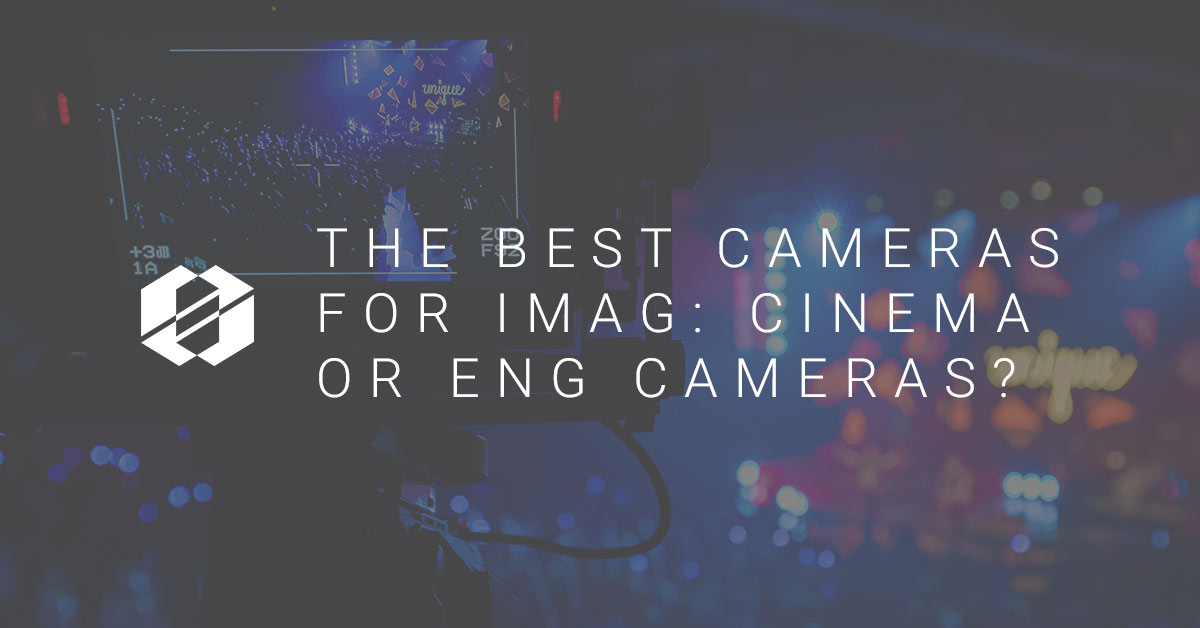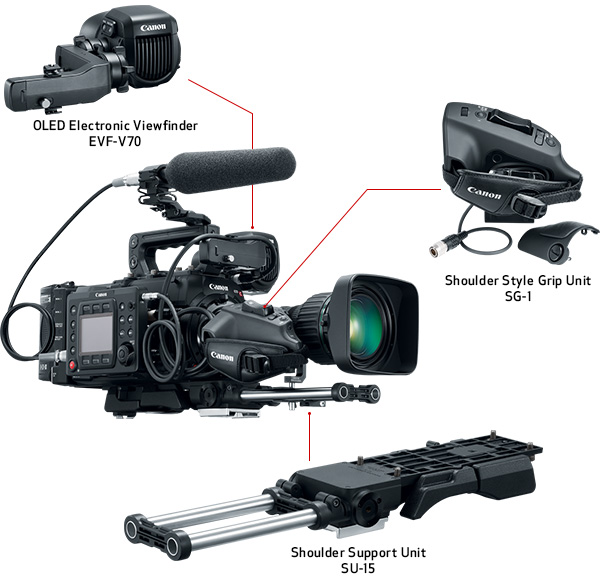Without a doubt, the question I get asked most often as a video director is: “what is or are the best cameras for IMAG?” While I would love to be able to rattle off some alphabet soup make and model, that question is not easy to answer.
There are so many factors to take into consideration I would be remiss to try and start that conversation without blocking off the rest of my day to finish it. One of the first questions I usually ask to help guide my suggestion is “what did you have in mind?”
Typically this is where the wheels come off. What follows is a list of gear that was copied from First Mega Church of the Anointed’s website as what they use, and the explanation “we love the way that looks.” Lately, this list often includes cinema style cameras (or DSLR’s), so I find myself spending much of my time discussing the pros and cons of cinema and ENG style cameras for IMAG.
So which is better Cinema or ENG?
My answer… “yes.”

Not that long ago this would not have even been a conversation worth having. Yes, cinema cameras give you that real shallow depth of field and look very cinematic, otherwise we would have to call them something else. However, cinema cameras are far more difficult to work with in live production. While they come across as more creative “looking” on screen, they have some disadvantages. Here are some of the advantages of ENG cameras over cinema cameras:
- ENG cameras function well in the IMAG realm
- The wider depth of field keeps the operator from hunting for focus.
- The servo lens allows the operator to control the lens smoothly while zooming.
- The paint-box or CCU allows someone to control the look of the camera remotely, so you can keep multiple cameras looking the same.
- Often ENG Cameras use broadcast friendly cable systems (fiber, triax or SDI) instead of the cinema camera HDMI.
When it comes to cinema cameras, that shallow depth of field looks amazing, but it’s hard to keep a moving subject in focus. These cameras do best in a controlled and structured environment like a broadcast studio where lighting and subject don’t change that much. Most cinema cameras don’t have a CCU or paint-box for color and iris control. This means getting the cameras to match in an ever changing lighting environment is near impossible. Add to that the lack of servo on the lens you have a one, two punch that knocks them out of contention in my mind.

EXCLUSIVE BONUS:
Get a FREE download of After Effects Templates from SALT Community. Click here to download
Is this changing?
However, the cinema landscape is changing; cine-servo lens and devices (i.e. Canon RC-V100 remote controller) are bringing cameras like the C-100 right into the live production world. I expect, in the near future, to see similar devices from other manufactures. That said, I know many churches that use cinema-style cameras every weekend for IMAG and they look great. It’s absolutely not wrong to use one of these type of cameras for this application, but it’s important to be aware of the all the contributing factors.
Why one style of camera over another?
There are a lot of things to consider, like the infrastructure of your IMAG system. Having cinema-style cameras is great but if your switcher doesn’t function at 24 FPS you will be missing a critical piece of the cinema look (or spend a fortune converting them all to a broadcast friendly refresh rate). So it’s important to design your system holistically. Often some of the more expensive infrastructure items only play well with one frame rate, so you need to commit one way or the other.
Don’t neglect your volunteers either. If you have a really talented volunteer pool, then working with the challenges of cinema-style cameras may be worth the pay off. However, when I was a video control director, the majority of my volunteers would have struggled with the operation of a cinema-style camera. As a result, the payoff was not worth the challenge. Most of the churches I know that use cine cameras for IMAG also have volunteer camera ops. They would agree cine cameras take more training, but it can, and has been done.
Another factor is budget. When it comes to outfitting these cameras, between glass, electronic viewfinder, and shoulder support, cinema style cameras may be a little more costly than an ENG broadcast camera. On the forefront, it can seem more cost effective to purchase a cinema style camera, but after you outfit them with comparative features, you just lost all your cost savings.
Often, the end user isn’t aware of the needed peripherals so they never get an apples to apples comparison on price. Avoid the temptation that you can save money by purchasing a 7-day-a-week-camera system where you can shoot testimonials, etc during the week and use it as an IMAG camera on Sunday. It may not be as cost effective or high of quality as you may desire.
Examples
Here are some examples of popular ENG camera systems:
- Panasonic AJ-PX
- JVC GY Series
- Sony PXW
- Hitachi Z Series
Here are some examples of popular Cinema Style camera systems:
- Canon C-100
- Black Magic Design Ursa
- Panasonic EVA
- Sony FS series
- RED cameras
My Personal Opinion
As a result, personal preference has to play a role in this decision. For me, I really like my live production IMAG to look LIVE, so I prefer ENG cameras. I run my video system at 60 FPS so that the motion blur is minimal. I often go as far as having my camera ops run the cameras at faster shutter speeds so the resulting image is nearly hyper-real.
In my opinion, this helps separate the IMAG from the weekend video packages our film team creates, because they look radically different. I like the fact that this visual cue helps the congregation know what is about to happen and where their focus should be, often without them even realizing how or why they are aware of it. I know plenty of video directors that could make an even more articulate argument for using the cinema-style cameras, and they aren’t wrong to make that argument. My point is the churches that do this right have an understanding of why they choose one way or the other, and it’s never “because another church uses it.”
Hopefully you have a bit more of a foundational understanding of the differences and benefits of a ENG or Cinema style camera.




With the exception of the Hitachi camera, none of the others have the ability to use external camera shading controls, intercom or the use of triax or fiber. The Blackmagic may be the best of both worlds. By using the “broadcast” version, you can have all the things needed for a real live production setup as well as the ability to use it off-line as a single camera production package with a lens mount swap.
Currently, my personal choice for a solid HD live production camera is the Sony HSC-100. We’ve had its older brother for 7 years and look as good today as they did when they taken out of the box.
That’s true, the Blackmagic does cover the spread better than most of the others. However, I’m with you, the Sony would be more my personal preference as well.
Great write! Thanks for sharing.